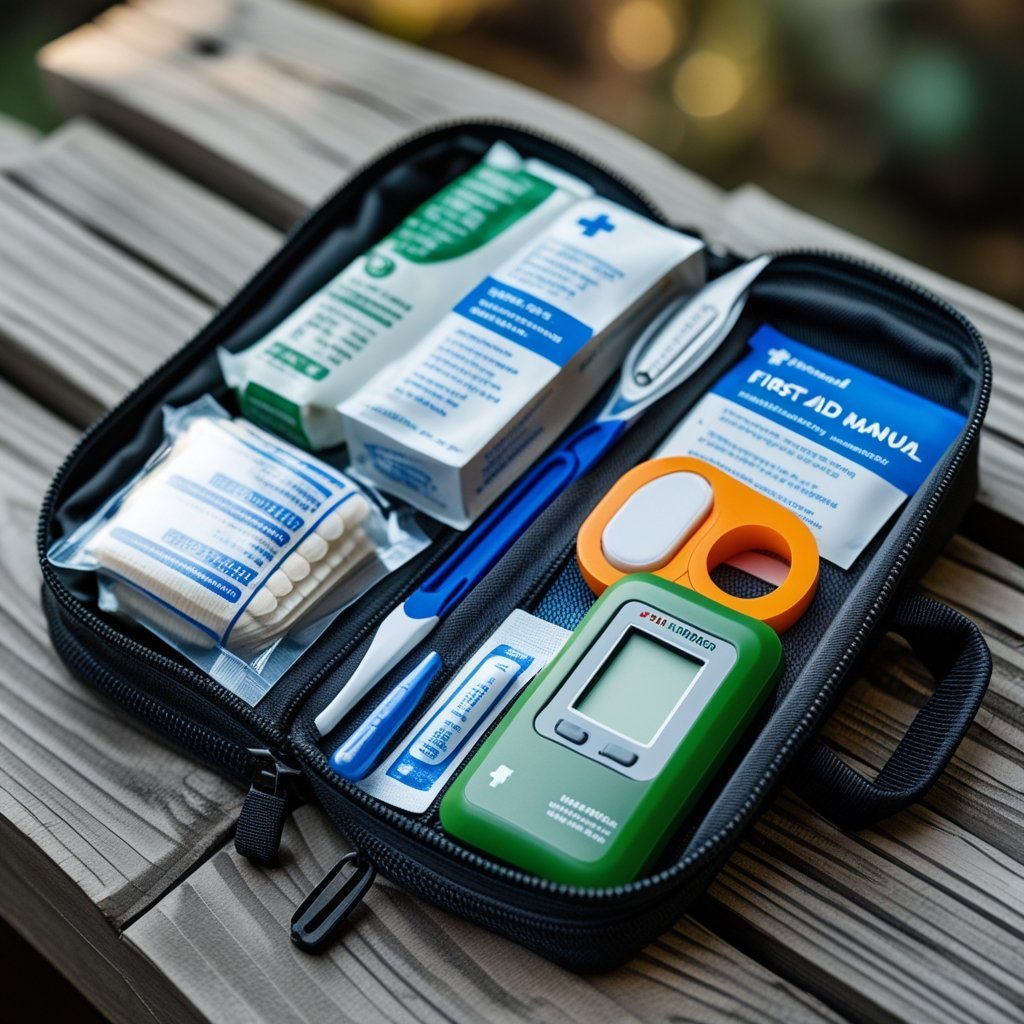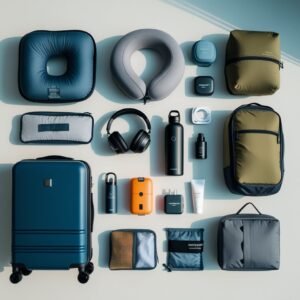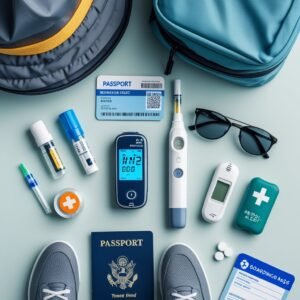Travel First Aid Kit: Essential Items for Safe Adventures
Traveling can be exhilarating, but unexpected injuries or illnesses can quickly derail even the best-planned adventures. A well-stocked travel first aid kit serves as a crucial safety net, providing immediate care for minor health issues before professional help becomes available. Every traveler should pack a compact first aid kit containing essential medications, bandages, antiseptics, and tools tailored to their specific destination and health needs.
The contents of a travel first aid kit vary depending on the destination, trip duration, and personal medical requirements. Remote locations demand more comprehensive supplies than urban destinations with accessible healthcare facilities. Travelers with chronic conditions should include their prescription medications along with documentation and a backup supply when possible.
Creating a customized DIY travel first aid kit often proves more effective than purchasing pre-packaged options. This approach ensures the kit contains precisely what each traveler needs while allowing for space optimization in limited luggage. Regularly checking expiration dates and replenishing used items maintains the kit’s effectiveness for future journeys.
Complete Guide to Travel First Aid Kits
Being prepared for health emergencies while traveling can make the difference between a minor inconvenience and a ruined vacation. A well-stocked first aid kit tailored to your destination and activities is an essential part of travel planning.
Essential Items for Your Travel First Aid Kit
Every travel first aid kit should contain several fundamental items regardless of destination. Adhesive bandages in various sizes help manage small cuts and blisters that commonly occur during travel. Include antiseptic wipes and antibacterial ointment to clean and protect wounds from infection.
Pain relievers like acetaminophen, ibuprofen, or aspirin are crucial for handling headaches, muscle soreness, and minor fevers. Antihistamines help manage allergic reactions and can assist with sleep on long flights.
Basic First Aid Kit Checklist:
- Adhesive bandages (multiple sizes)
- Gauze pads and medical tape
- Antiseptic wipes and antibacterial ointment
- Tweezers and small scissors (TSA-compliant for carry-ons)
- Pain relievers and antihistamines
- Digital thermometer
- Hydrocortisone cream for itching and rashes
Consider including oral rehydration salts to combat dehydration from travel fatigue or digestive issues. Anti-diarrheal medication and antacids can be lifesavers when encountering unfamiliar cuisines.
How to Customize Your Travel First Aid Kit
Different destinations require specific adaptations to your first aid kit. For tropical locations, pack insect repellent containing DEET and anti-itch cream for bug bites. Consider adding antimalarial medication if traveling to regions where malaria is present.
Adventure travelers should include blister treatment supplies, elastic bandages for sprains, and instant cold packs. Those heading to high-altitude destinations benefit from altitude sickness medication and extra pain relievers for potential headaches.
Destination-Specific Additions:
| Location Type | Recommended Items |
|---|---|
| Beach/Tropical | Sunscreen, aloe vera gel, insect repellent |
| Mountain/Hiking | Moleskin for blisters, altitude medication, emergency blanket |
| Urban Travel | Motion sickness medication, stomach remedies |
| Remote Areas | Antibiotic tablets (prescription), water purification tablets |
Consider your personal health needs when customizing your kit. Travelers with chronic conditions should pack extra prescription medications in original containers. Include a copy of prescriptions and a brief medical history document for emergencies.
Step-By-Step DIY Travel First Aid Kit
Creating a custom first aid kit is straightforward and cost-effective. Start with a suitable container—waterproof pouches work well for most travel, while hard cases offer better protection for adventure activities. Choose something compact but with adequate compartments for organization.
Purchase basic supplies from pharmacies or utilize components from existing home first aid kits. Many retailers offer travel-sized products that save space and comply with airline regulations.
Assembly Process:
- Gather all medications and check expiration dates
- Package pills in labeled, waterproof containers
- Place liquids in leak-proof bottles under 3.4 oz (100ml) for carry-on luggage
- Create a contents list with dosage instructions for each medication
- Include emergency contact information and important medical documents
Test your kit’s portability by carrying it in your preferred luggage. Ensure it’s easily accessible during travel—not buried at the bottom of a suitcase. Consider creating a smaller secondary kit with essentials for day trips.
What to Pack in Your Travel Medical Kit
Beyond basic first aid supplies, a comprehensive travel medical kit should address more serious situations. Include a small supply of broad-spectrum antibiotics (prescription required) for bacterial infections when medical care isn’t readily available.
Medical tools like disposable gloves, a CPR face shield, and a digital thermometer enhance your ability to respond to emergencies. A compact first aid guide provides instructions for treating injuries when internet access is unavailable.
Advanced Medical Supplies:
- Prescription medications (7-day buffer beyond trip length)
- Broad-spectrum antibiotics (with physician guidance)
- Disposable gloves and CPR face shield
- Sterile suture kit or wound closure strips
- Oral rehydration salts and electrolyte packets
- Syringes and sterile needles (in sealed packages with doctor’s note) for areas with limited medical facilities
Remember to research medical facilities at your destination before departing. Record local emergency numbers and hospital locations in your phone and on paper within your medical kit.






